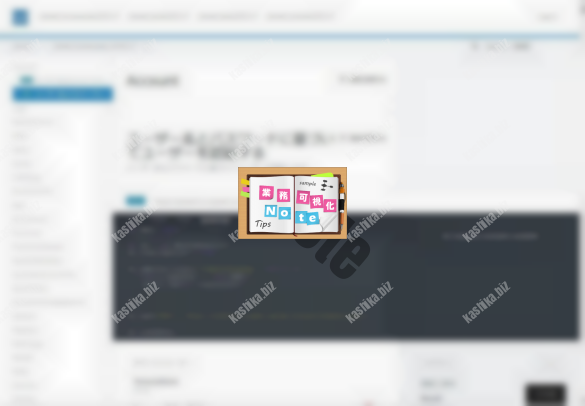
- #Uipath orchestrator api postman manual
- #Uipath orchestrator api postman download
- #Uipath orchestrator api postman free
#Uipath orchestrator api postman download
If using Maven, include the Apache HTTP Components dependency in the pom.xml file:Īlternatively, you can download the JAR file and include it into the classpath from your IDE. Authenticate, start jobs and check results Prerequisites Cut and paste the json directly from this article into Notepad (Windows) or TextEdit (Mac), then fill in your username, and both passwords, and save the file.Communicate with UiPath Orchestrator using Java code. Your initial settings.json file should look like the sample below. Don't worry about what all these properties mean, that will become clear as we move through this article. Fill in each property as you generate it, and everything will flow smoothly. The json template is stored in a file named settings.json.
#Uipath orchestrator api postman manual
This template is also used by the Deale Tech UiPathAuthenticator.js library, so it is easy to move from manual to automatic operation. In order to be organized, I have created a json template to store your security information. I will clear up the template and property stuff next. Any time you see something like "" in one of these templates, that will mean you replace the string with the text saved as your CodeVerifier property, or it will mean copy the text in that location to your CodeVerifier property.Ĭonfusing? Do not worry. There are a bunch of different "values", and a bunch of "templates" that will be presented. One note about the notation that is used in this article. Even one extra or missing character will ruin the whole process. Just copy and paste them as instructed, and make very, very sure you have the whole string, and nothing but the string. Do not be surprised or worried about the size of these strings. When I refer to codes or tokens, we are talking about text strings that can range from a few dozen characters to a few hundred characters. Take note that the Access Token expires every 24 hours and must be regenerated to keep using the REST API. That is used to authenticate REST API Requests. The end goal of this process is to have a valid Access Token. If you lose some of the information, or are not sure which token is which, you are going to be frustrated and confused.

Being organized is going to be important. That is a whole lot of information to keep track of and use.



SECTION 1: Definitive Guide to Cloud Orchestrator REST API Authentication The "Data" and the "Process" The content of this article is a combination of the official documentation, a whole lot of time and confusion on my part, and a bunch of help from from the UiPath forum.
#Uipath orchestrator api postman free
If you do not really care about the details of how Authentication works, and just want a solution that generates your security information, skip to "Section 3: Deale Tech UiPathAuthentictor.js library" and read about a free javascript library that will generate all your security information with one command! There are many, many different configurations and situation that you might be in, and you need to know exactly what the "correct" request looks like to make sure your request matches. I strongly recommend you read and study Section 2: Gotcha's when making UiPath Cloud Orchestrator REST API requests. After reading this article, the data and process should be much easier! The officially documented process is complex, and because of its manual nature, it is very error prone. I am going to explain all the complexity in simple, precise, actionable terms that will clear up the confusion, and I am going to give you an automated tool to do all of it 100% automatically. Many, many users in the UiPath forum's are struggling to figure it out. Nice and simple, but starting in September of 2019, authentication for the UiPath Cloud Orchestrator REST API changed to a OAuth style scheme. Prior to September 2019, authentication for the UiPath Cloud Orchestrator REST API used Basic Authentication.


 0 kommentar(er)
0 kommentar(er)
